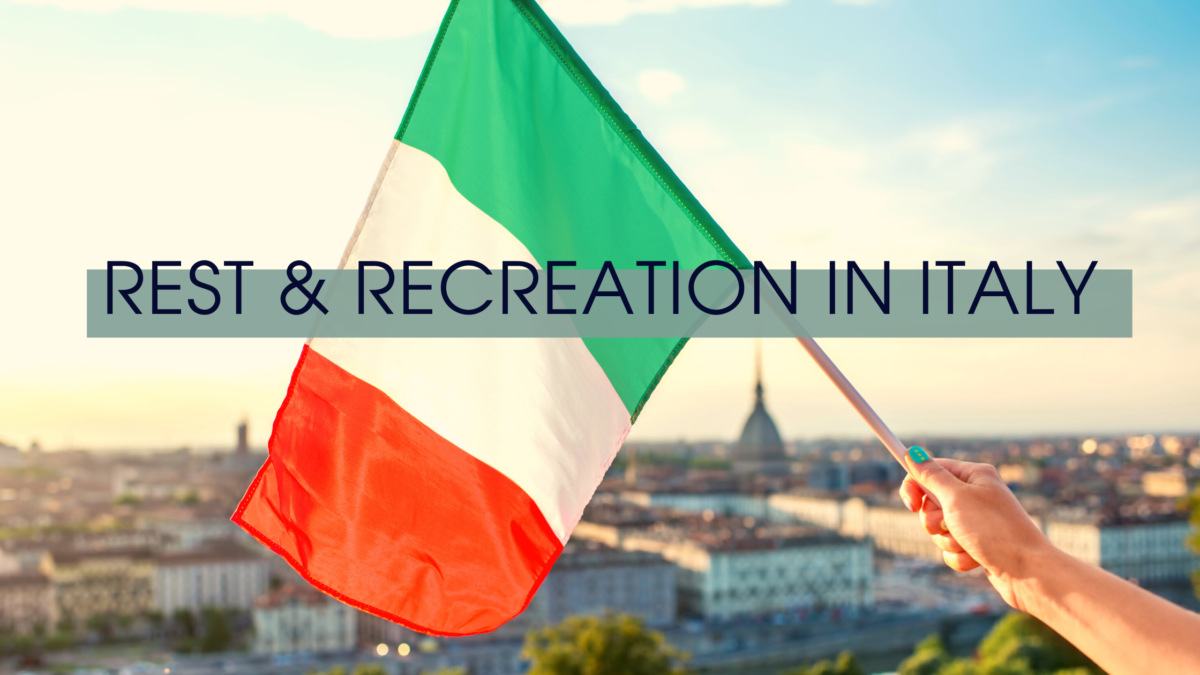➡️ The first introduction to Lake Trasimino was the lunch recommendation of Stefanie in little Terontola. She suggested Trattoria dei Pescatore in Passignano sul Trasimino, a tree-lined lake town with all the atmosphere you could ask for. The restaurant is located in a “pedestrian only” area with little shops of salami and cheese and “Italian stuff” all about. But Passignano sul Trasimino is just one of three noted towns of interest. The other two are Touro, and Castiglioni de Trasimino. All of these have a ferry (or private boat) to take you around the lake and to the one inhabited island with only 15 year-round residents.
➡️ Where the heck is Terontola? This very small village (population under 200) and is located between Rome and Florence, and more specifically 15 minutes from Cortona (best known as the setting for Under the Tuscan Sun) and 15 minutes from Lake Trasimino. This is an ideal location for those who want to use Rome as their airport. I have said, and I have heard it said “I just want the Live Like a Local experience.” And that is exactly what I wanted, as well. So here I am in Terontola toodling around to find the bakery, fruit & vegetable store, small market for other things like aluminum foil and trash bags, the butcher & cheese shop–and of course the surprise that stores close at 1:00 and reopen at 4:00. The real find was the wine shop. A tiny place where you are greeted by the owner/wine producer, Stefanie, who explains that her wines are all organic. She also is a great source for lunch recommendations!
➡️ While there is an active rail station, a car is a MUST to find and discover the many iconic “hill towns.” I’ll start with the walled city of Cortona. Outside the walls and at the top of the hill stands the Sanctuary of Saint Margherita–serene and magical beginning to Tuscan life for me. Inside the walls, Cortona is much like other hill towns, cobblestone streets, intriguing alleys, shops of linen and wine and artisans, and of course the ever-present trattoria with unfamiliar pasta and liters of local wine. What sets Cortona apart is that it is small and manageable.
➡️ Perhaps the most recognized hill town in this area is Montepulciano, known for Vino Nobile di Montepulciano and Rosso di Montepulciano. The spectacular drive and striking landscape from Terontola is “postcard perfect.” The road across the valley and winding up the mountain is dotted with “Cantenas” open for wine tastings, but the goal was to have lunch in Montepulciano with no stopping along the way! This hill town is larger than Cortona and I look forward to visiting again to walk the alleys and discover more than a lovely lunch spot with a view. From Montepulciano, you can continue to Monteccellio for another smaller example of charm and vistas. By the way, most agree that the local wine of Stefanie in little Terontola was a favorite.
➡️ La Verne, a two-hour drive north of Terontola and high in the mountains is the Sanctuary of St. Francis. I read about it and was intrigued, as it is a lesser-known attraction than Assisi. Assisi is known by most tourists who visit Italy and one of the places I longed for on my first trip in 1983. It was November, cold, windy, and nearly void of visitors, and I was standing where St. Francis stood gazing out in his very sacred space. Many years later I was in Assisi again, this time the streets were thronged with loud people and lined from end to end with souvenir shops–where had the sacred gone? La Verne would be the antidote, set in the Tuscan Apennines high on a cliff with sweeping views. This is a sacred place, not easy to reach, but worth the trip.

